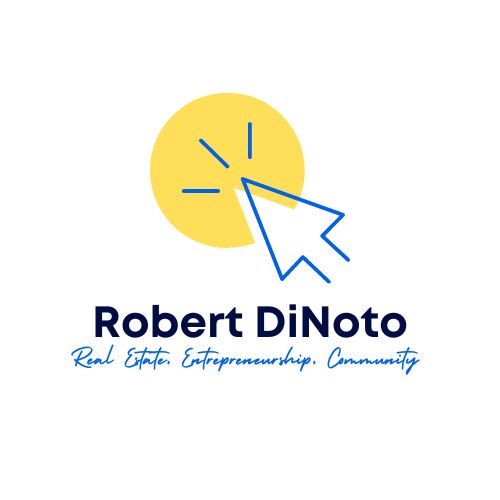Real estate is more than just property—it’s possibility. The ground-up development of commercial and residential projects shapes the way communities live, work, and grow. But behind every new building is a complex process that combines vision, financing, and execution.
From Blueprint to Reality
Ground-up development starts with a vision. Developers identify land with potential and imagine what it could become—a residential neighborhood, an office building, or a mixed-use space that serves both. But vision alone isn’t enough. Successful development requires deep research into zoning, market demand, and community needs to ensure the project is not just built but also sustainable.
The Role of Financing
Financing is the backbone of development. Lenders, investors, and equity partners all play a role in bringing projects to life. The key is structuring deals that balance risk with reward. Developers must align financing timelines with construction phases, ensuring cash flow supports progress. A strong financial plan doesn’t just fund the project—it reassures stakeholders that their investment is secure.
Balancing Commercial and Residential
Commercial and residential developments serve different needs, but together they build stronger communities. Residential properties provide homes and stability, while commercial projects create jobs and economic growth. Developers who can balance both types of projects often create vibrant neighborhoods where people can live, work, and thrive.
Legacy Through Development
Ultimately, ground-up real estate development isn’t just about bricks and mortar—it’s about legacy. Each project becomes part of the fabric of a community, shaping skylines and lives for decades to come.

